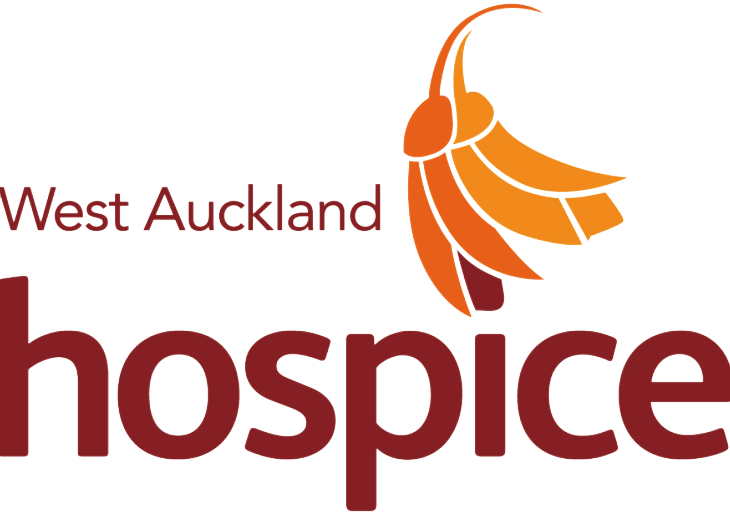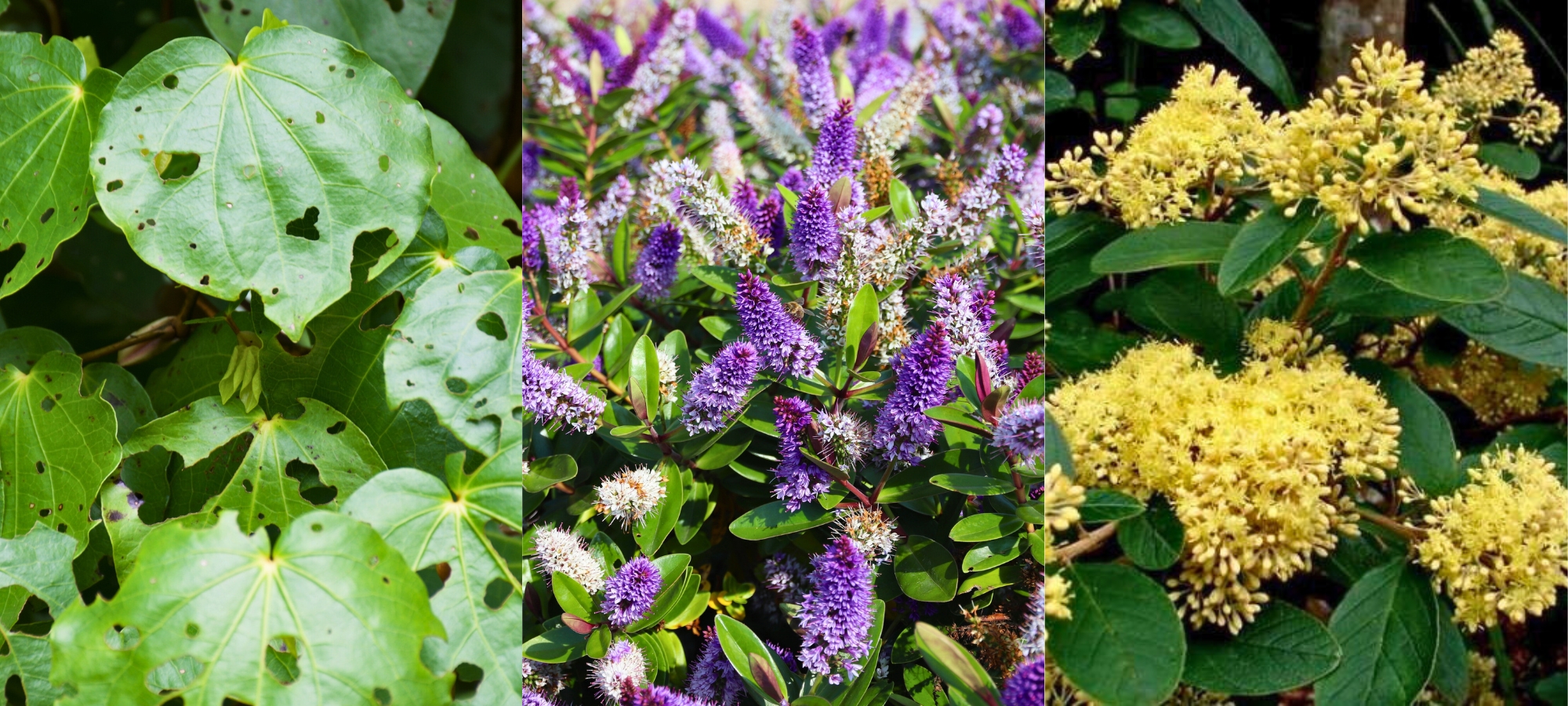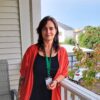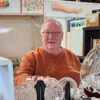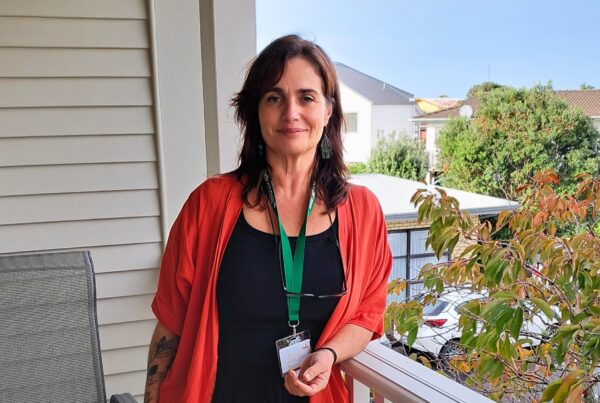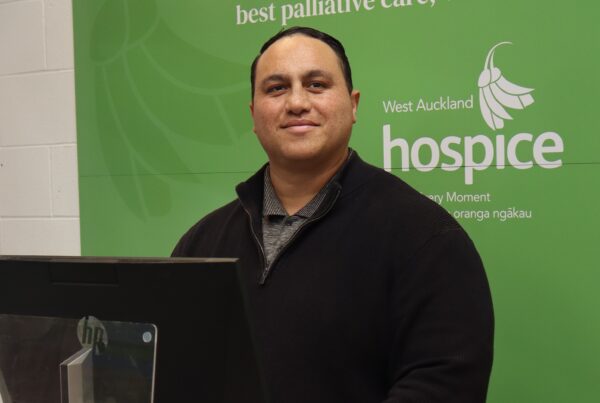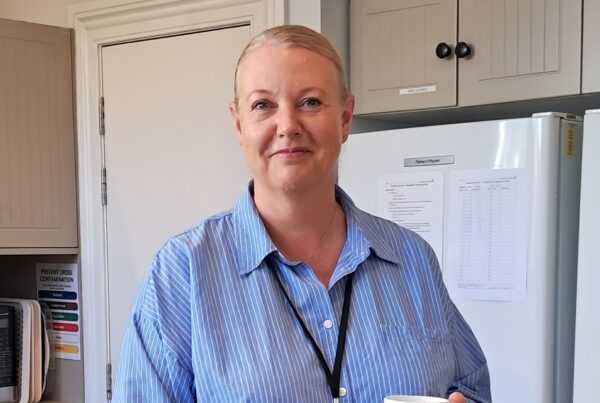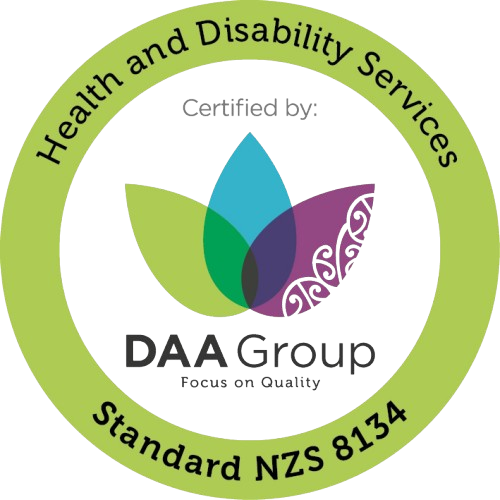Cathy Livermore of Waitaha, Kāti Māmoe and Kai Tahu whakapapa, is Hospice West Auckland’s Kairongoā, providing rongoā services as part of Hospice’s holistic support for patients, whānau and caregivers. Rongoā weaves together the physical and non-physical aspects of life, mindfully cultivating ora (wellness) by supporting the tinana (physical), aurongo (emotional), hinengaro (mental), wairua (spiritual) of each whai ora and their whānau (family and support network). At Hospice, Cathy uses different approaches and products to support in managing symptoms and providing comfort to enhance wellbeing including rongoā rakau (plant-based medicines), mirimiri and romiromi (Māori massage), whitiwhiti kōrero (counselling support) and karakia.
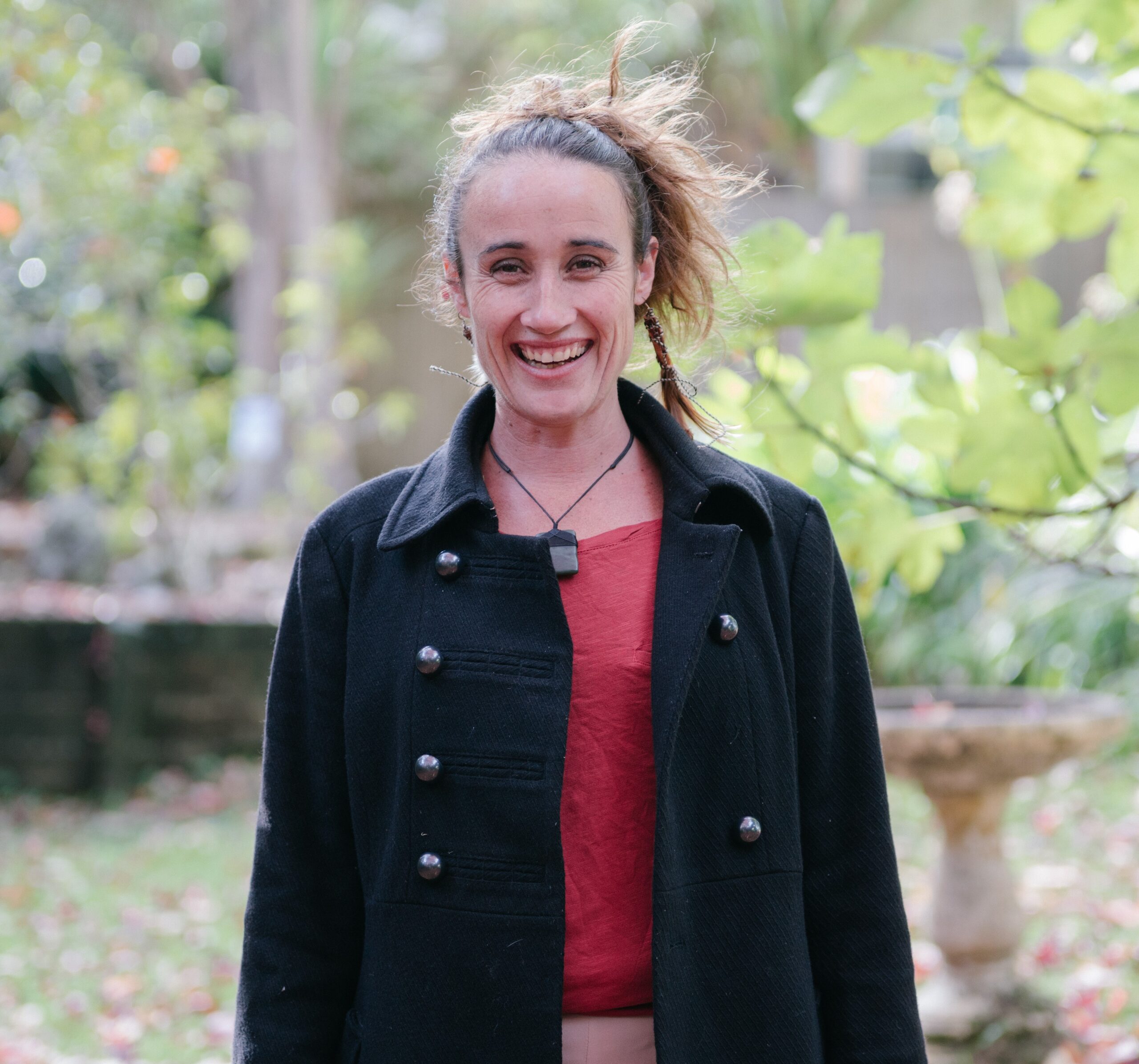
Years ago, while training under esteemed Ngā Puhi tohunga (expert practitioner) Billy Tuhua from Waima, she was told by a matakite (seer) that one day she was going to work with people as they’re passing. “My initial reaction was that sounds heavy – I don’t know if I want to do that work!” she says. But in the healthcare profession she found it challenging to balance being Māori within the mainstream health system. “This was what drew me to Hospice,” she explains. “I was looking for a place where my heart for my culture would be welcomed. As a Māori, I wanted to be able sit in my heart and trust it and lead with it, and from the moment I walked into this whare (Hospice House), my heart responded and I felt that this might be possible here. I hadn’t found that in other mainstream spaces in the health system.”
Cathy meets with whaiora (patients or loved ones) both at Hospice House and in the person’s home. She approaches engaging with people in our palliative community through what she describes as ‘deep listening’: letting the person lead her in how to move forward and respond in the relationship space. “My own presence pulls back to receive what is around and I just listen,” she explains. “I listen from my wairua (spirit), hinengaro (mind) and from my tinana (body). And I’ll receive little bits of information that gives me a sense of just where to lean in, where to follow and flow. We say it’s about following the tohu or signs.”
Cathy’s training and experience in rongoā includes rongoā rākau (plant-based remedies), mirimiri and romiromi (massage therapy), hinengaro support (connection and conversation, breathing practices, meditation and movement techniques), and wairuatanga (spiritual support). “I don’t enter into a session thinking: I’m going to do this today,” she says. “I start listening with all of me, and then it comes through what is going on for that person and how I can best support them. There’s no recipe.” Cathy also supports whānau in the grief process.
Hospice’s Rongoā Garden was officially opened in 2024, and now, as well as being a space for reflecting and connecting with nature, is an invaluable source of native plants Cathy utilises in rongoā. She harvests kumarahou, for example, as one of the main ingredients in a bodywash. In addition to improving skin health and relieving irritation, the bodywash wipes off easily and is safe to leave on the skin, making it particularly useful for bed-bound patients. Cathy uses kumarahou, kawakawa, koromiko and angiangi to prepare tinctures to support a variety of symptoms including lung health, pain, inflammation and digestion. Tūpākihi and kawakawa are incorporated into massage oils for alleviating pain and inflammation.
For Cathy, joining Hospice West Auckland was an aligning of heart and getting to work with her tupuna (ancestors) and the rich inheritance of knowledge they have left for her to learn from while getting to celebrate and uplift their esteemed science within tōhungatanga.
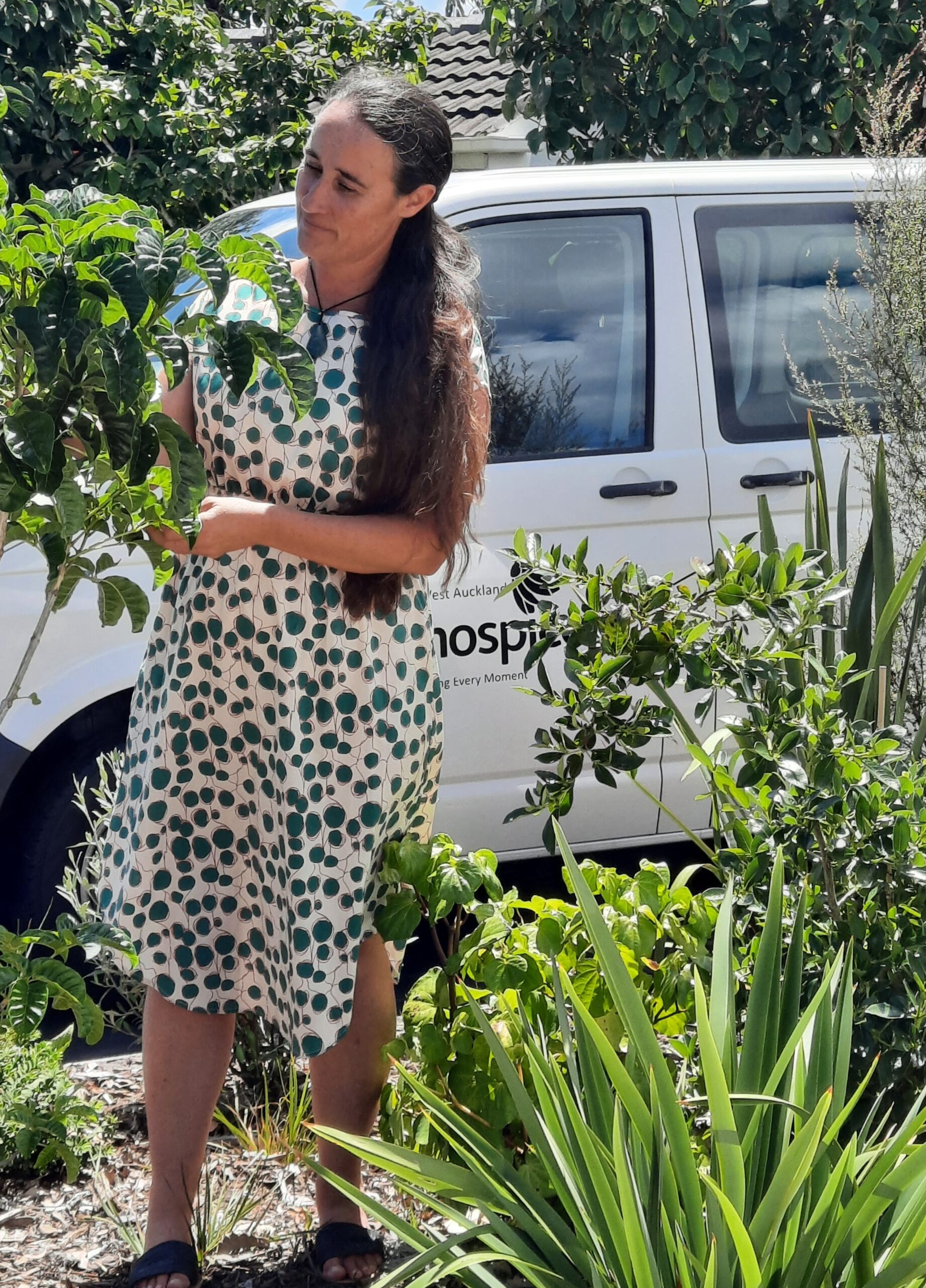
“Isn’t it amazing how things work?” she smiles. “Years ago, I was talking with a European clinical researcher in diabetics and when I explained the diagnostic system I was taught for plant medicines he exclaimed how advanced that was, telling me how western European clinical research is just understanding the science of what Māori have practiced traditionally. Rongoā is the intersection of different threads relating to the circumstances and bringing together the best weave of things to respond to what is happening. And when they connect in such a way to give that moment a chance to transform, that is the rongoā.”
Cathy is proud to have been invited to join an advisory group of kuia and kaumatua (Māori elders) at the University of Auckland that is researching palliative care for Te Ao Māori in the community. “Together we are reflecting on, advising and helping to design research projects so that they are tika and pono (right and true) for the Māori community. It’s an incredible opportunity.”
Like so many of the Hospice West Auckland team, Cathy feels humbled to support people facing end of life, when they are vulnerable on this tapu (sacred) journey as well as by the strength and courage people uphold. She engages with not only Māori but also non-Māori and enjoys sharing what she knows with everyone who finds benefits from it. “For me this work has just been an absolute wealth of deepening my understanding of everything that I’ve been taught and I’m experiencing it through working with people in their real lives. Our culture is not being put to the side but is getting the space to live in our communities, in our minds and hearts and in our bodies.”
